Need dog proof backyard ideas that won’t wreck your landscaping—or your sanity? Here’s what I wish I knew before three dogs escape and a ruined garden.
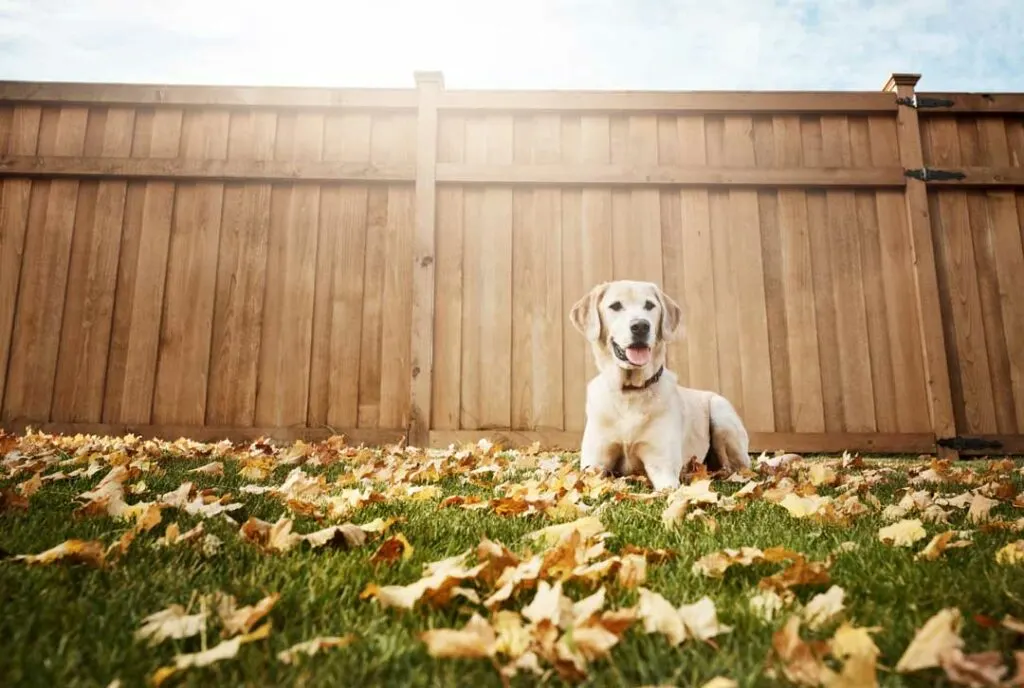
Three escaped dogs, two destroyed gardens, and one very angry neighbor later, I finally learned how to create a backyard that works for both kids and pets.
Dog Proof Backyard Ideas That Actually Work (From a Mom Who Tried Them All)
Here’s what I wish I’d known from day one: pet-proofing isn’t a one-size-fits-all solution. It involves a lot of planning and hiring professionals who understand all the challenges that pet parents face.
After implementing various dog-proof backyard ideas, I’ve discovered that creating a truly pet-friendly outdoor space requires much more strategy than simply installing a basic fence.
In this blog post, I’m sharing the pet-proofing lessons I learned the hard way to save your sanity and landscaping budget.
Secure Containment That Doesn’t Look Like a Prison
The foundation of any successful dog proof backyard starts with proper containment without turning your outdoor space into a maximum-security facility.
Choosing the Right Fencing Options
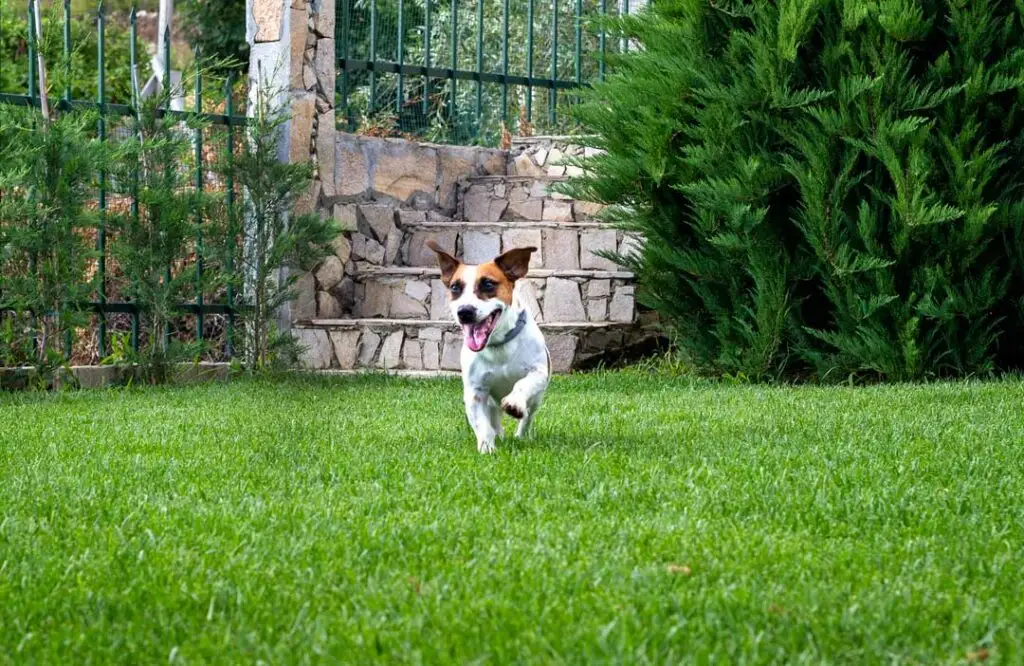
Invisible or Underground Fences
Underground or invisible fences maintain your yard’s open aesthetic through a collar that delivers warnings when pets approach the buried wire perimeter. However, strong-willed dogs might push through the barrier, especially when chasing squirrels. Additionally, these systems don’t prevent other animals from entering your yard.
Decorative Fencing Alternatives
Traditional fencing for dogs remains one of the most reliable dog proof backyard ideas. Wrought iron offers durability and elegance, but requires careful spacing between pickets.
Vinyl fences provide excellent containment with minimal maintenance, while wooden fencing offers privacy and customization. The ideal height ranges from four to six feet, depending on your dog’s size and jumping ability.
Photo by jbrfences.com
Natural Barriers
Dense hedges like boxwood create natural boundaries that many dogs respect. Thorny bushes, such as roses, can discourage pets from pushing through garden borders, although placement requires careful consideration to avoid injury.
Gates and Entry Points Security
Self-closing hinges prevent accidental escapes when family members forget to secure doors and windows. Heavy-duty latches positioned high enough to prevent children from accidentally opening them provide additional security. For persistent diggers, reinforcing gate bottoms with buried mesh prevents underground escapes.
Training and Monitoring Tools
Motion-activated cameras allow you to monitor your pets’ behavior, helping identify problem areas. Positive reinforcement training teaches pets to respect boundaries naturally, creating more reliable long-term solutions than relying solely on physical barriers.
Protecting Landscaping from Destructive Pets
Once containment is established, protecting your landscaping becomes the next priority.
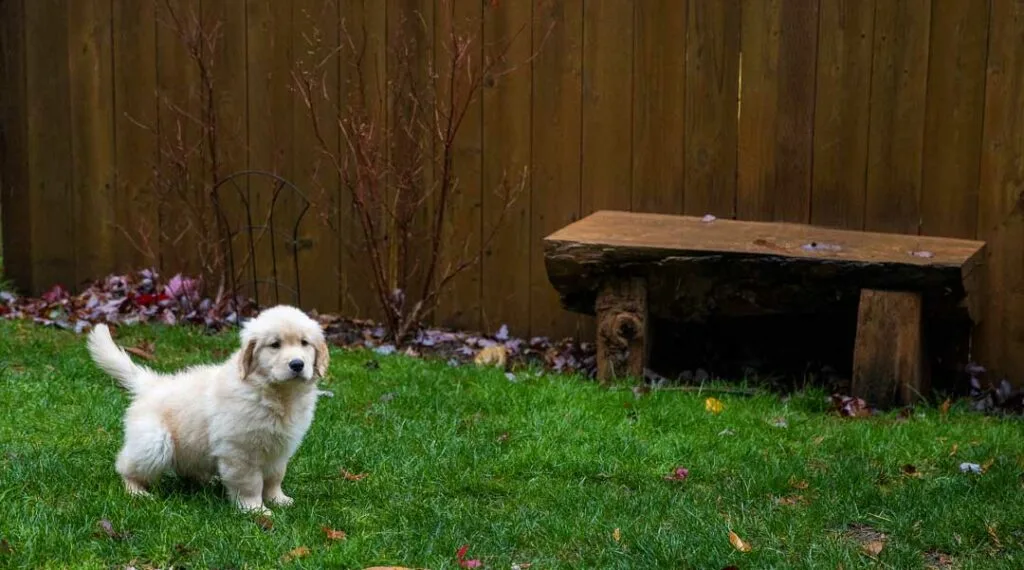
Identifying Common Problem Areas
Flower beds and vegetable gardens naturally attract curious pets with their interesting scents and soft soil perfect for digging. Freshly mulched areas practically invite exploration. That’s why protecting these vulnerable zones is essential when implementing dog proof backyard ideas.
Pet-Friendly Landscaping Techniques
Raised garden beds elevate plants beyond most dogs’ reach while adding visual interest. These work particularly well for vegetables and herbs, keeping produce safe while maintaining easy access. Surrounding plant beds with hardscaping elements like decorative rocks creates clear boundaries that most pets naturally respect.
When selecting plants, prioritize pet-safe varieties that tolerate rough treatment. Lavender, rosemary, and marigolds can survive pet activity and often deter unwanted behavior with their strong scents.
Deterrents and Barriers
Decorative garden fencing or strategically placed chicken wire under mulch prevents digging without compromising aesthetics. Citrus peels scattered around plants create effective deterrents, as most dogs don’t like the citrus’s scent. Motion-activated sprinklers provide immediate feedback for unwanted behavior while watering plants.
Repair and Maintenance Tips
Quick repairs prevent minor problems from becoming major issues. Address damaged fence sections immediately before pets learn to exploit weaknesses. Consider cedar chips as an alternative to traditional bark mulch, which many pets find less appealing.
Creating Separate Zones for Different Activities
Successful dog proof backyard ideas often involve creating distinct areas serving different purposes. This zoning approach allows both pets and family members to enjoy the space without constant conflict.
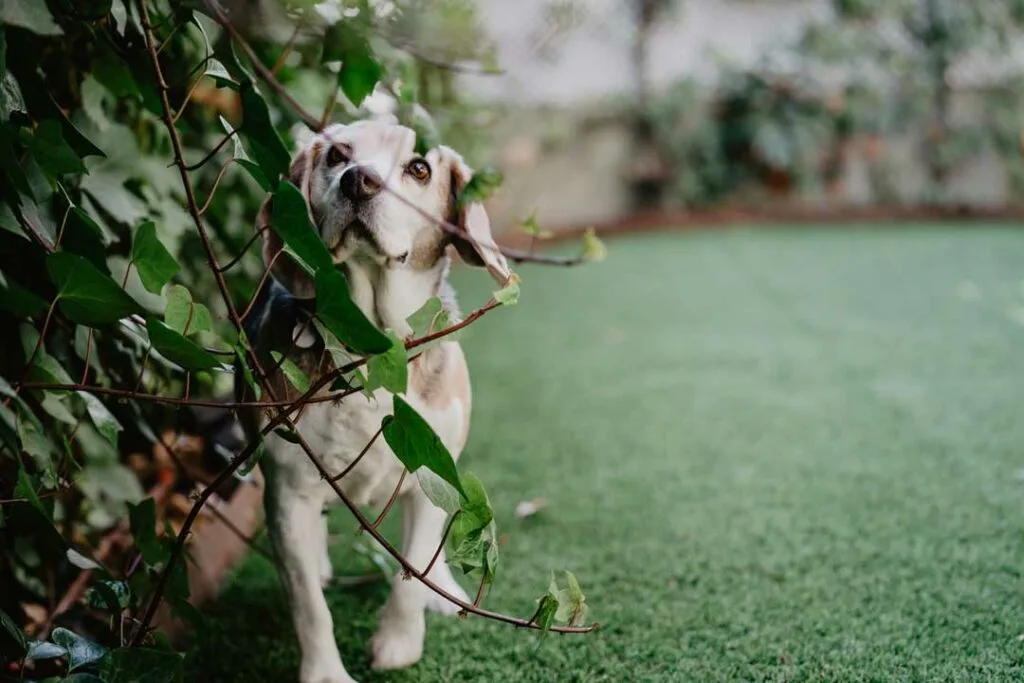
Designating Play Areas
Creating dedicated play zones ranks among the most effective dog proof backyard ideas for maintaining harmony between pets and landscaping. In high-traffic areas, consider artificial turf designed specifically for pets, which offers superior drainage and odor control. You can also place rubber mats in high-traffic areas to protect the underlying surfaces.
Quiet or Rest Zones
Shaded areas with comfortable outdoor bedding or weather-resistant pet houses provide animals with a place to relax. Natural shade from mature trees or constructed pergolas creates comfortable microclimates that pets naturally gravitate toward.
Kid-Friendly Zones
Separating children’s play equipment from primary pet areas reduces conflicts and keeps play spaces cleaner. Strategic placement of planters or low fencing creates separation without completely isolating zones.
Materials That Withstand Pet Wear and Tear
Durability becomes crucial when selecting materials for pet-friendly outdoor spaces.
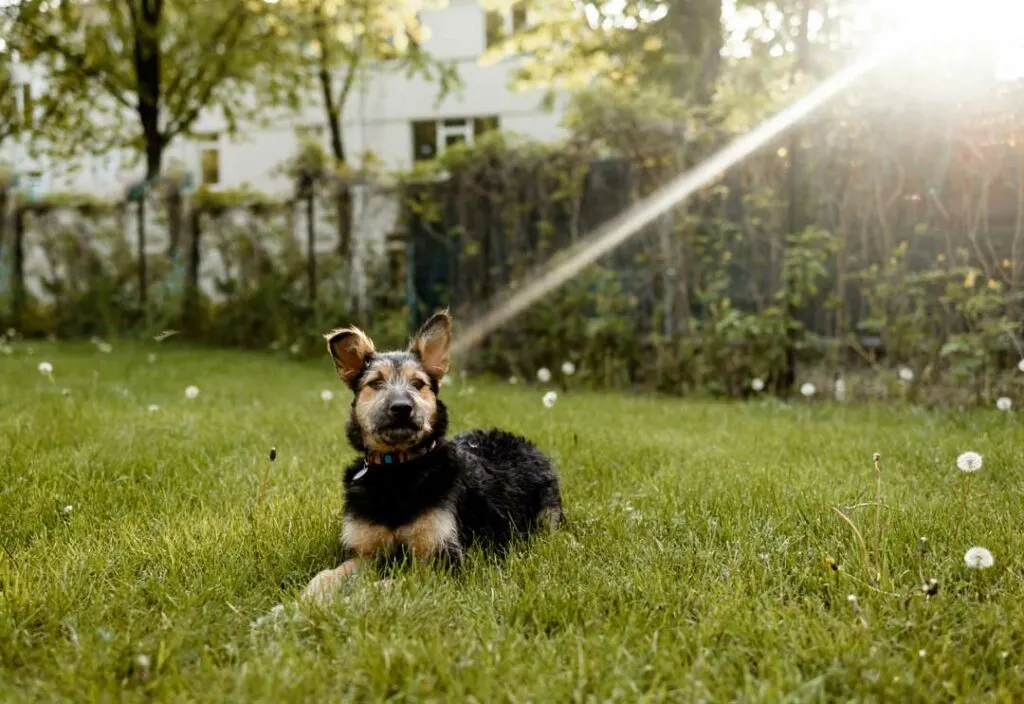
Durable Fencing Materials
When choosing the perfect fence for your pet, consider the material durability.
Vinyl fencing resists chewing, scratching, and weather damage, and requires minimal maintenance. Metal options like aluminum provide excellent longevity, while pressure-treated lumber offers natural aesthetics with enhanced durability.
Flooring and Ground Cover
Pet-specific artificial turf features antimicrobial properties and superior drainage systems that can withstand heavy use. Gravel or decomposed granite creates attractive, low-maintenance surfaces that drain well and resist digging. Avoid materials like cocoa mulch that could be harmful to pets if ingested.
Outdoor Furniture and Accessories
When it comes to the furniture and items in your yard, it’s important to choose pet-safe products. Here are a few ideas to help you make the right choice.
Weather-resistant materials like powder-coated metal withstand weather and pet-related wear. Removable, washable cushion covers simplify cleaning while extending the life of your furniture. Elevated food and water stations prevent spillage while keeping supplies clean.
Maintenance and Cleaning Considerations
Easy-to-clean surfaces throughout your outdoor space simplify ongoing maintenance. Sealed concrete, composite decking, or quality outdoor tiles can be hosed down regularly.
Always use pet-safe cleaning products, as they won’t harm animals or your landscaping investment.
Dog Proof Backyard Ideas: Final Thoughts
Creating a successful pet-proof backyard requires patience, planning, and often some trial and error. While implementing these dog proof backyard ideas may seem overwhelming at first, remember that you don’t have to tackle everything at once.
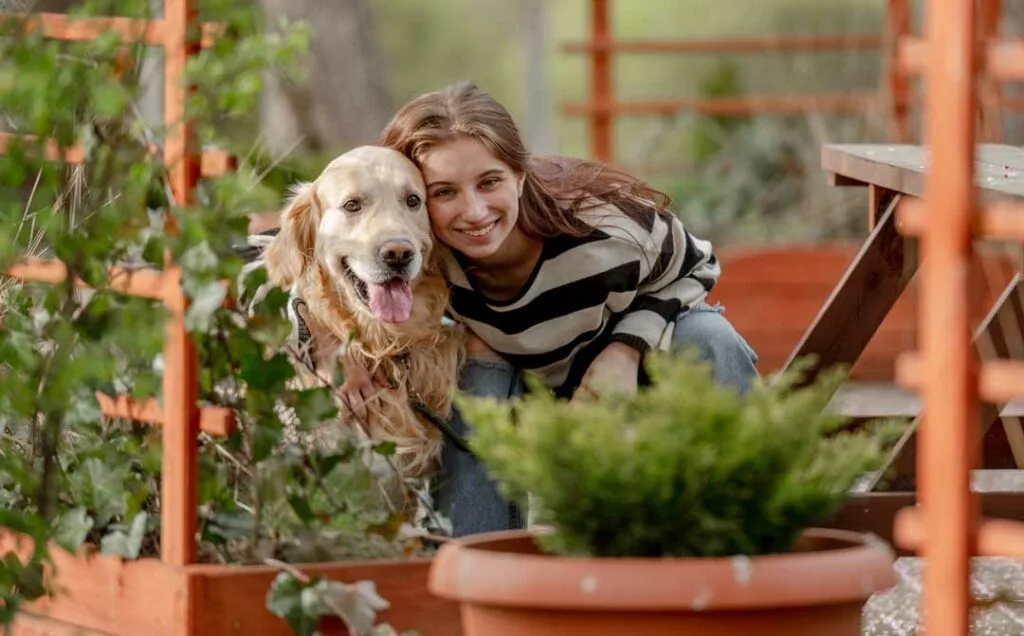
Start with your biggest challenges and build from there. Additionally, invest in high-quality materials and thoughtful design, as they lead to reduced stress, lower maintenance, and a safe, enjoyable space for everyone.

Jessi is the creative mind behind The Coffee Mom, a popular blog that combines parenting advice, travel tips, and a love for all things Disney. As a trusted Disney influencer and passionate storyteller, Jessi’s authentic insights and relatable content resonate with readers worldwide.
